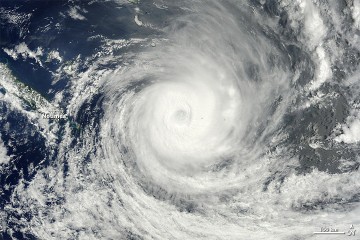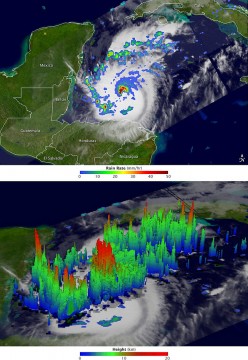Hier gibt's den Code zum Einbau des Wetter-Fensters in die eigene Homepage.
Hier gibt’s den Code zum Einbau des Wetter-Fensters in die eigene Homepage.
Hier gibt’s den Code zum Einbau des Wetter-Fensters in die eigene Homepage.
Hier gibt’s JavaScipt-Code zum Einbau eines Wetter-Fensters in die eigene Homepage.


Erklärung der verschiedenen Falschfarbendarstellungen (nur englisch):